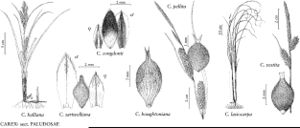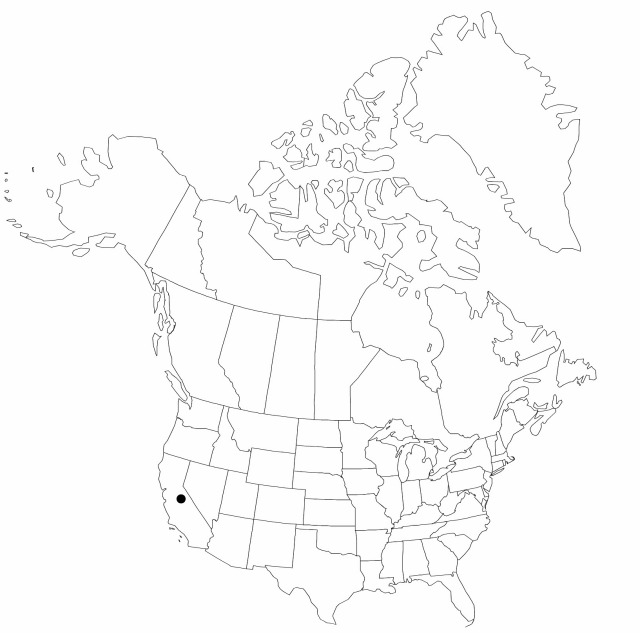Carex sartwelliana
Proc. Amer. Acad. Arts 7: 396. 1868.
Plants cespitose; rhizomes short. Culms central, trigonous, 45–130 cm, smooth. Leaves: basal sheaths reddish purple tinged, pubescent; ligules 3–17 mm; blades green, M-shaped, 4–9 mm wide, pubescent on both blade surfaces and apex of inner band of distalmost sheaths. Inflorescences 4–17 cm; proximal 3–4(–5) spikes pistillate, ascending; distal spikes erect; terminal spike staminate. Pistillate scales lanceolate to ovate, apex acute, pubescent abaxially, ciliate. Perigynia ascending to spreading, greenish to brown, sometimes purplish tinged on beak, prominently 2-ribbed and faintly 6–10-veined, broadly ovoid, 2.3–3.7 × 1.2–1.8 mm, pubescent; beak 0.4–1 mm, ± hyaline, friable, ± irregularly bidentulate or erose, ciliate.
Phenology: Fruiting Jun–Aug.
Habitat: Moist to wet meadows and open forests, lakeshores, stream banks
Elevation: 1200–2600 m
Discussion
Selected References
None.

